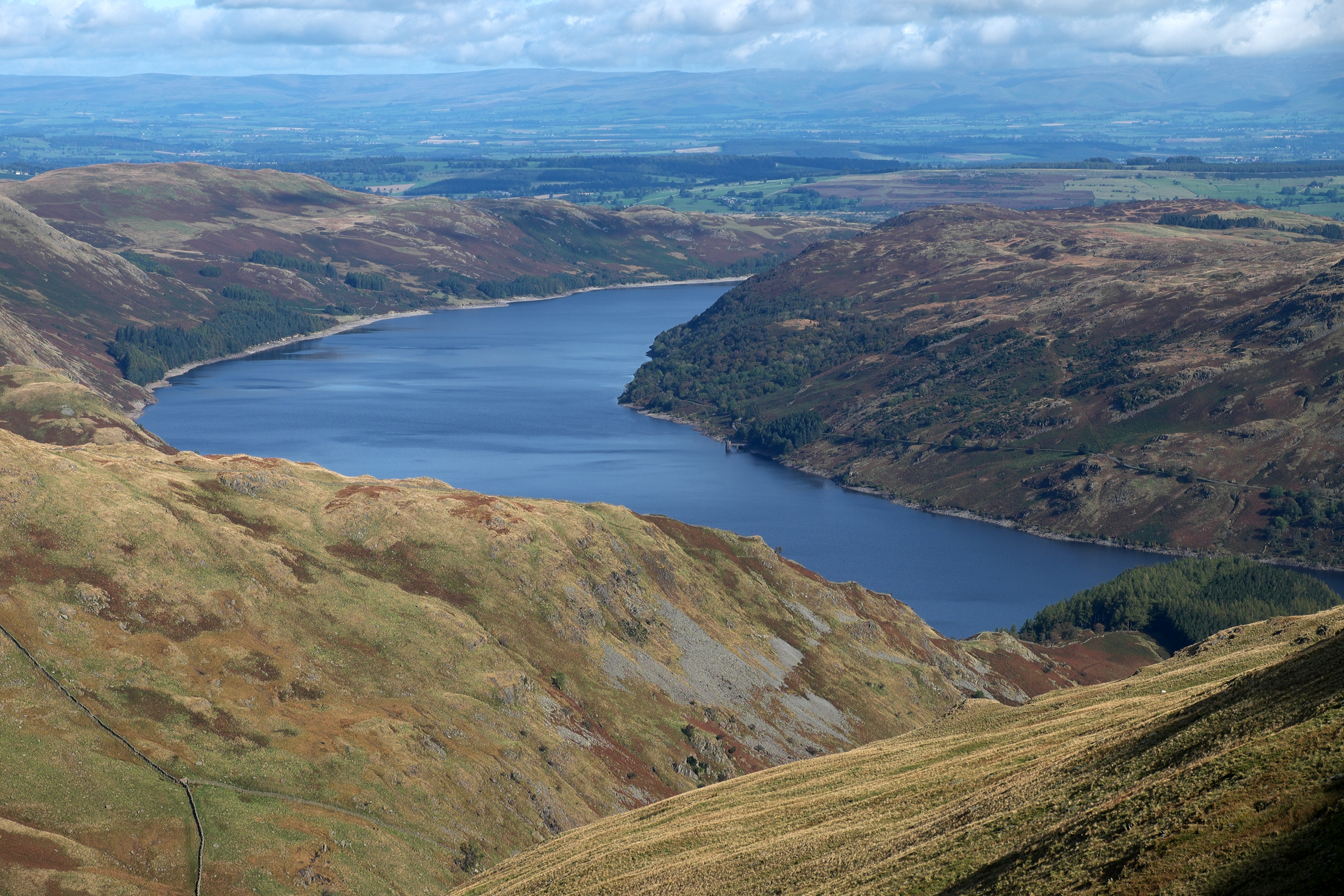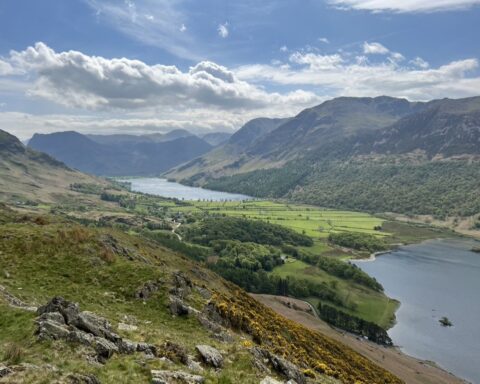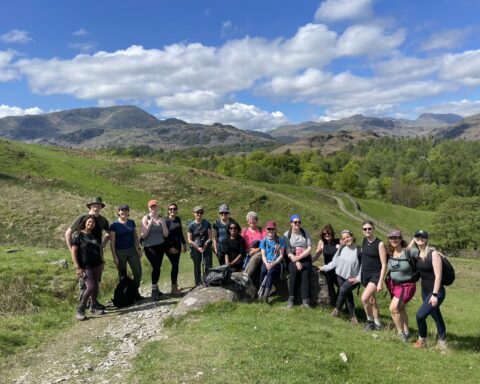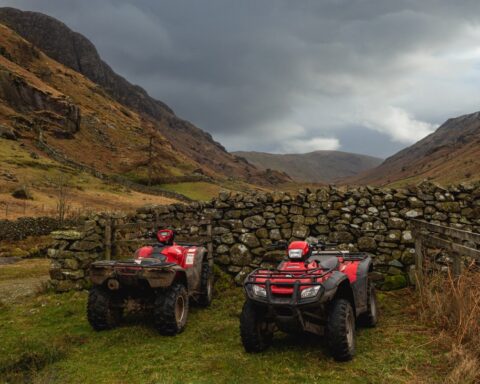Mardale is one of the better-known valleys of the far eastern Lake District – largely on account of its history. In the 1930s, the inhabitants of the tranquil dale were forced to abandon their homes to make way for Haweswater Reservoir, being built to supply water to Manchester. When the valley’s Holy Trinity Church was demolished, 100 bodies had to be exhumed and reburied in nearby Shap. Today, when water levels are low, the remains of the village of Mardale Green are revealed at the southern end of the reservoir.
A winding road leads from Bampton, up along the reservoir’s eastern shore to a parking area at Mardale Head. This is used by fell-walkers intent on climbing High Street – at 2716ft (828m), the highest point along the far eastern edge of the National Park. Other paths lead on to Kidsty Pike (2558ft/780m) and Harter Fell (2552ft/778m). Spectacularly located in valley-head corries, the tarns of Small Water and Blea Water can be visited, and it’s also possible to walk a 10-mile circuit of the entire reservoir, although the path is extremely rough in places.
A wide range of wildlife can be seen on the RSPB’s Haweswater nature reserve, from red deer on the open fell to redstarts and red squirrels in the woods. Rare ring ouzel, also known as mountain blackbirds, can be found on rocky ground in summer while peregrine falcons, the fastest creatures on Earth, nest on the crags. Up until fairly recently, the side valley of Riggindale was home to England’s last golden eagle.





